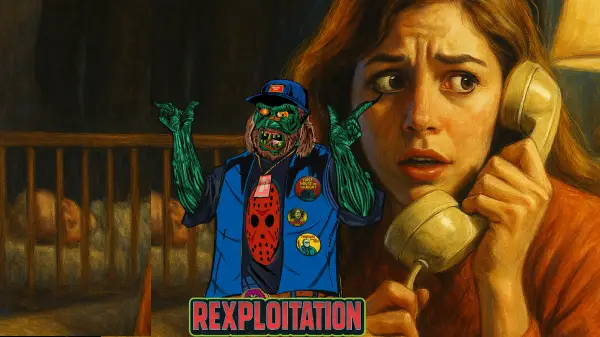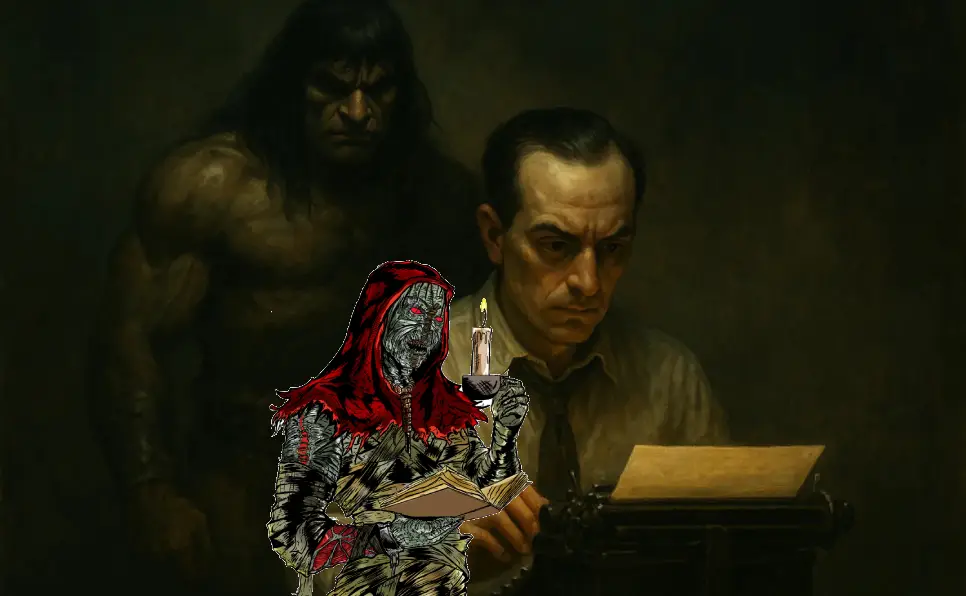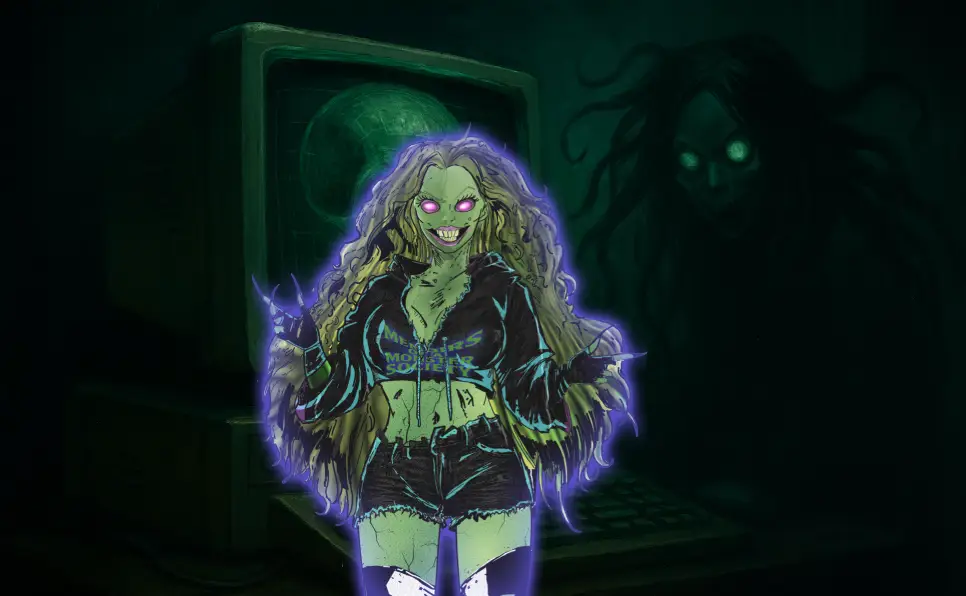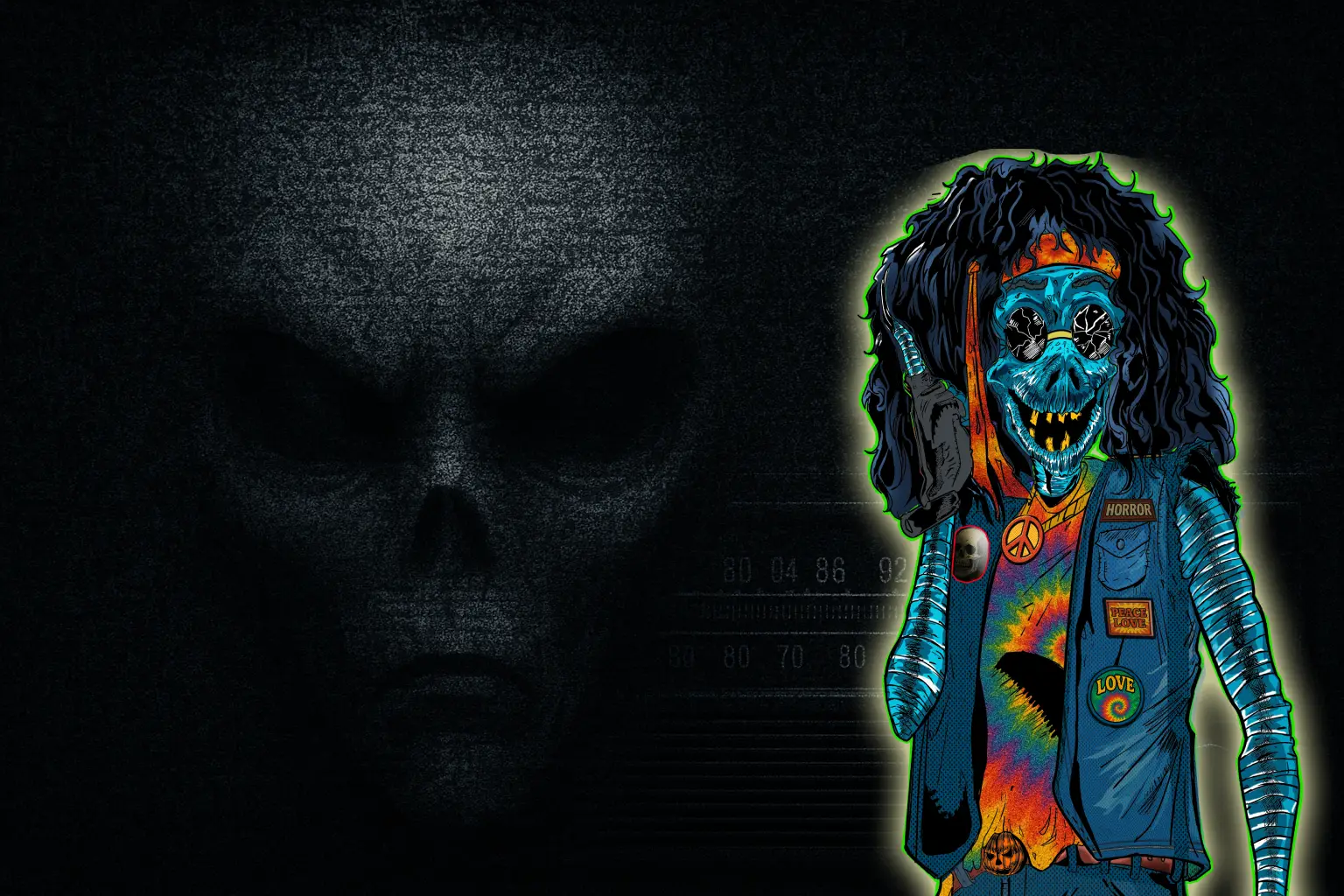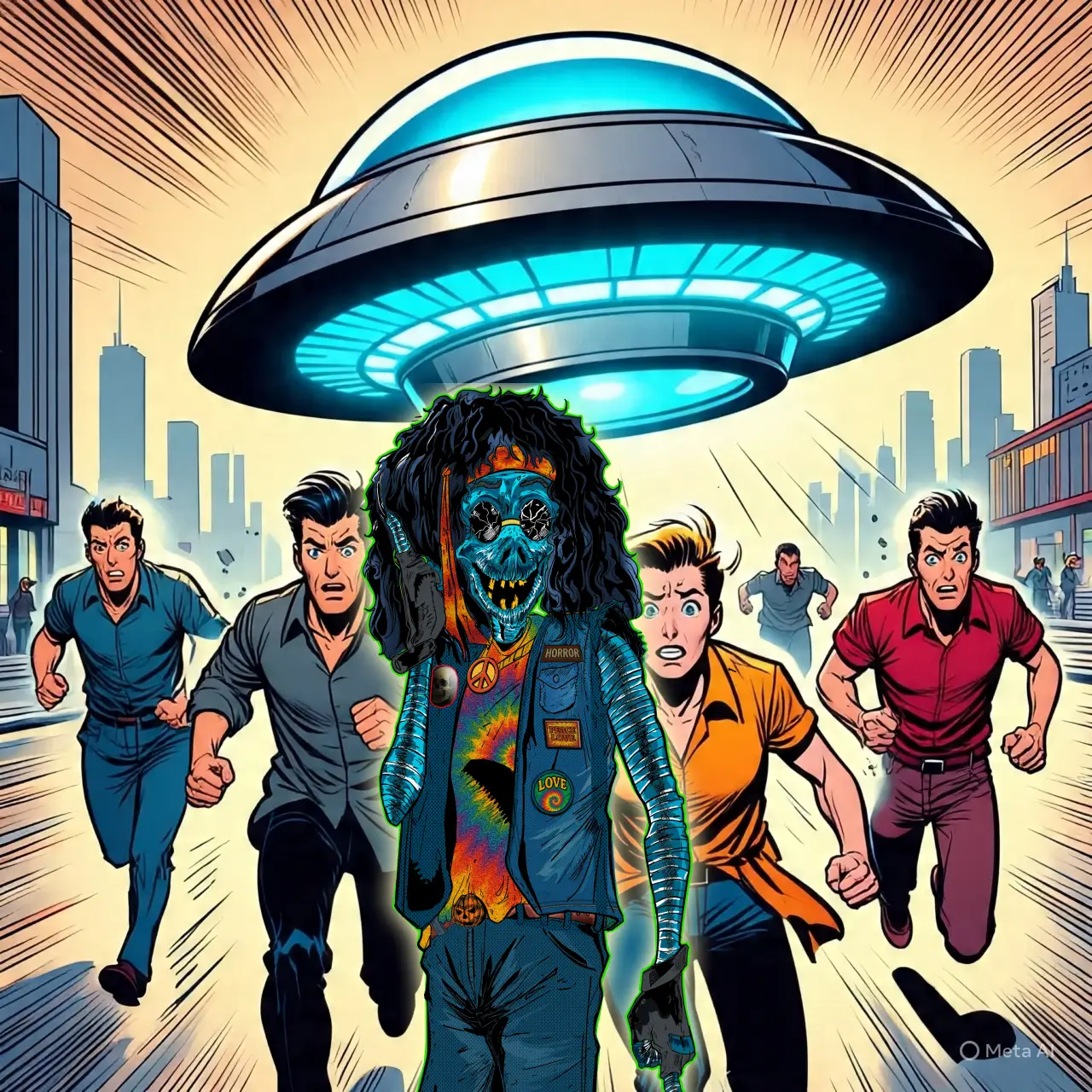By Rexploitation — Your friendly neighborhood 1980s video store goblin. I hate plastic-slick remasters, digital “upgrades,” and anything with more CGI than common sense. But I do love an urban legend that crawls out of a campfire and stalks the multiplex.
Rex’s Rant: The Babysitter Legend vs. the Movie Hollywood Built
Tonight we’re carving up the babysitter and the man upstairs legend and its most famous spawn: the original movie When a Stranger Calls. Yes, I mean When a Stranger Calls (1979)—the one with that gut-punch opening that probably made half of America retire from babysitting. We’ll stack the urban legend behind When a Stranger Calls against what the films sell you, then lay out the real story behind When a Stranger Calls—no studio notes, no test audiences, just cold, creepy folklore facts.
What the Urban Legend Actually Says
The core campfire story is tight and mean: a babysitter gets phone calls—heavy breathing, weird questions, the whole creep sampler. She calls the cops. Time drips like syrup. Then the twist: the call is coming from inside the house. She bolts or she doesn’t—depending on who’s telling it. That’s the skeleton. It’s been retold a million times because it’s simple, portable, and taps two anxieties at once: teen responsibility and domestic invasion. If you’re hunting when a stranger calls urban legend facts, here’s the headline: there isn’t one single “true case” this all comes from—just a slurry of mid-20th-century crimes, phone-tech panic, and parents who really liked scaring teenagers straight.
What the 1979 Film Adds (and Warps)
The original movie When a Stranger Calls turns that small legend into a full-course meal. The When a Stranger Calls original movie opening 20 minutes? Nearly perfect legend-to-screen adaptation—tension slick enough to butter your nightmares. But then the film morphs into a cat-and-mouse story about trauma and pursuit. That’s movie logic: you can’t sell a 90-minute feature if the killer is bagged at minute 21. So you get aftermath, years later, and an echo of the opening menace.
Does that make the when a stranger calls 1979 version “wrong”? Not exactly. It’s expansion. The legend is a short, sharp shock; the movie is a long bruise that keeps getting poked.
What the 2006 Remake Does Differently
The remake says, “What if we stretch the opening legend into the entire movie?” It’s a glossy, single-location siege: big house, louder phone, wireless everything, and a lot of “who’s at the door” cardio. The 2006 flick leans hard into babysitter phone call horror origin beats but trades the smoky, analog dread for glass-and-LED anxiety. It’s sleeker, but also safer—like someone wrapped the legend in bubble tape and told it to be PG-13 friendly even when it isn’t.
Fact vs. Fiction: A Quick Autopsy
| Urban Legend (Folklore) | Film Version(s) | Truth Check |
|---|---|---|
| “The call is coming from inside the house.” Classic twist, built on landlines and extension phones. | 1979 nails the twist; 2006 modernizes with wireless tech and security systems. | Great scare; not tied to one verified case. It’s the call is coming from inside the house legend, not a police blotter. |
| Babysitter alone, kids sleeping, phone harassment escalates. | Both films crank up frequency and intensity of calls for cinematic rhythm. | Multiple real incidents involve obscene calls, but the “killer upstairs” combo is folklore packaging. |
| Police trace reveals location at the last second. | Used for big reveal and timed hero entrance. | Phone tracing in the landline era wasn’t instant. The instant-trace trope is movie sauce. |
| Ambiguous outcome—varies by teller. | 1979 expands into years-later trauma; 2006 sticks to one night of hell. | Folklore flexes; films commit to a structure. Neither is “wrong,” just different media muscles. |
So Where Did the Legend Start?
If you’re digging for where did the babysitter urban legend start, you’ll find folklorists pointing to mid-century North American tellings, college campuses, and youth-culture boogeymen. The origin of babysitter and man upstairs legend isn’t a single headline—it’s a stew: sensational crime reporting, suburban floor plans (hey, attics and guest rooms), parents who wanted curfews enforced, and the spooky new convenience of letting strangers reach your home any time by phone.
Why the Legend Still Works (Even After Cell Phones Ruined Everything)
The legend isn’t really about phones; it’s about proximity. Fear works when the threat feels already inside whatever you thought was safe. You can modernize the gear—apps, trackers, smart alarms—but the primal nerve is the same. If you’re hunting the best phrasing for SEO, try: babysitter legend vs movie truth and when a stranger calls movie vs real story. Readers want the folklore guts and the Hollywood garnish, side by side.
Rex’s Final Word (Light a Match, Kill the Lights)
The original movie When a Stranger Calls (yeah, the when a stranger calls original movie) turns a perfectly lean urban myth into an opening masterclass and then goes character study. The remake swaps cigarette smoke for screen glow and stretches the scare like taffy. But the urban legend behind When a Stranger Calls is still a better ghost: fast, mean, and custom-fitted to whatever “home” you think is safe.
Mini-FAQ (Because You Sickos Always Ask)
Q: Did the events of the legend actually happen?
A: Not as a single, documented case. The real story behind When a Stranger Calls is a collage of phone harassment incidents, break-ins, and sensational reporting. It’s folklore first, “true crime” second.
Q: Is the 1979 version better?
A: If you want the babysitting horror story based on legend with raw tension, yes. The 1979 open is a top-shelf jolt. If you want glossy siege horror, the 2006 flavor exists for a reason.
Q: Where should I start if I’ve never seen it?
A: With the when a stranger calls 1979 cut. Watch the opening sequence with the lights off and your phone ringer on. You’re welcome.
Watch & Compare (Posters, Trailers, and Full Embeds)
Warm up with the trailer above, then bounce between the two versions to feel how the same legend mutates across decades. I’ll be in the back aisle, rewinding a VHS with a pencil.

